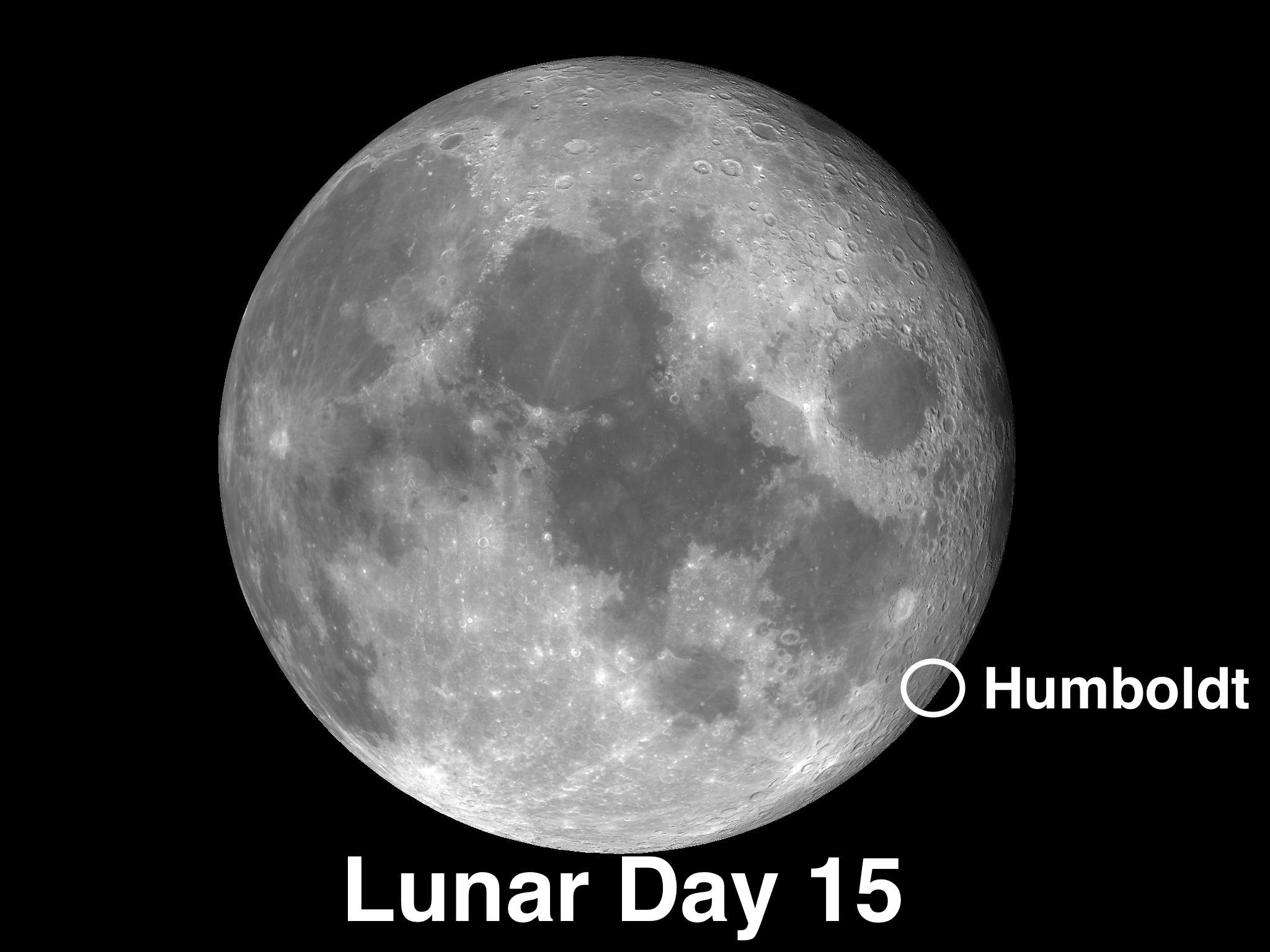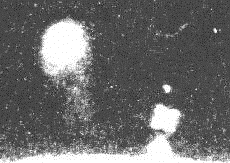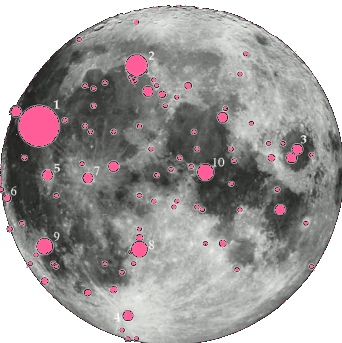

With large amateur telescopes, features as small as 0.6 miles (1 km) in diameter can be observed depending on atmospheric conditions. As the aperture of the telescope mirror (in the case of a reflecting telescope) or lens (in the case of a refracting telescope) increases, smaller and smaller features will begin to appear. Even a small, well-made telescope will show the observer far more than is visible with the naked eye or small binoculars.

To some it may be far more desirable to utilize a telescope in which case far more options for observing the Moon exist. The recent introduction of image-stabilized binoculars has changed this to some extent however, cost is still an issue. The primary disadvantage of binoculars is that they cannot be held very steady unless one utilizes a commercial or homemade binocular tripod. Their high level of portability makes them the simplest device used to see more detail on the surface beyond naked eye observing. By the time the Moon reaches first quarter however, the sunlight illuminated portion of the Moon becomes far too bright for Earthshine to be seen with the naked eye however it can still be observed telescopically.īinoculars are commonly used by those just beginning to observe the Moon and many experienced amateur astronomers prefer the view in binoculars to a telescopic view due to the larger field of view.
Lunar transient phenomena full#
Best visible shortly before or after new moon (during the waning and waxing crescent phases respectively), Earthshine is the faint glow of the non-illuminated (night) side of the Moon caused by sunlight reflecting off the surface of Earth (which would appear nearly full to an observer situated on the Moon at this time) and onto the night side of the Moon. Under good viewing conditions, those with keen eyesight may also be able to see some of the following features:Īnother interesting phenomenon visible with the naked eye is Earthshine. The contrast between the less reflective dark gray maria and the more reflective gray/white lunar highlands is easily visible without optical aid. The maria cover about 35% of the surface. The primary lunar surface features detectable to the naked eye are the lunar maria or "seas", large basaltic plains which form imaginary figures as the traditional " Moon Rabbit" or familiar " Man in the Moon" and other figures seen by many people who take a glance at a full moon. Generally, the Moon can be viewed even with the naked eye, however it may be more enjoyable with optical instruments. The bright region at left is directly illuminated by the Sun, while the rest of the Moon is faintly illuminated by light reflected off the Earth. Lunar nearside with major maria and craters labeled File:Earthshine Karonen.jpgĮarthshine reflecting off the Moon.

Shadows and detail are most pronounced along the " terminator", the dividing line between the illuminated (day side) and dark (night side) of the Moon. It is true that if one views the Moon during this time, a smaller percentage of the surface will be seen at a time, however the detail will be vastly more impressive. First quarter (six to nine days past new moon) is generally considered the best time to observe the Moon for backyard stargazers. In addition, the brightness of a full moon as compared to a phase where a smaller percentage of the surface is illuminated tends to wash out substantial amounts of detail and can actually leave an afterimage on an observer's eye that can persist for several minutes. As a result there is less surface detail visible during a full moon than during other phases (such as the quarter and crescent phases) when sunlight hits the Moon at a much shallower angle.

During a full moon, rays of sunlight are hitting the visible portion of the moon perpendicular to the surface. Optimal viewing times File:ComputerHotline - Grande-lune (by).JPGĬontrary to popular belief, the Moon should ideally not be viewed at its full phase.


 0 kommentar(er)
0 kommentar(er)
